Does Canada Have The Same Outlets as The US?
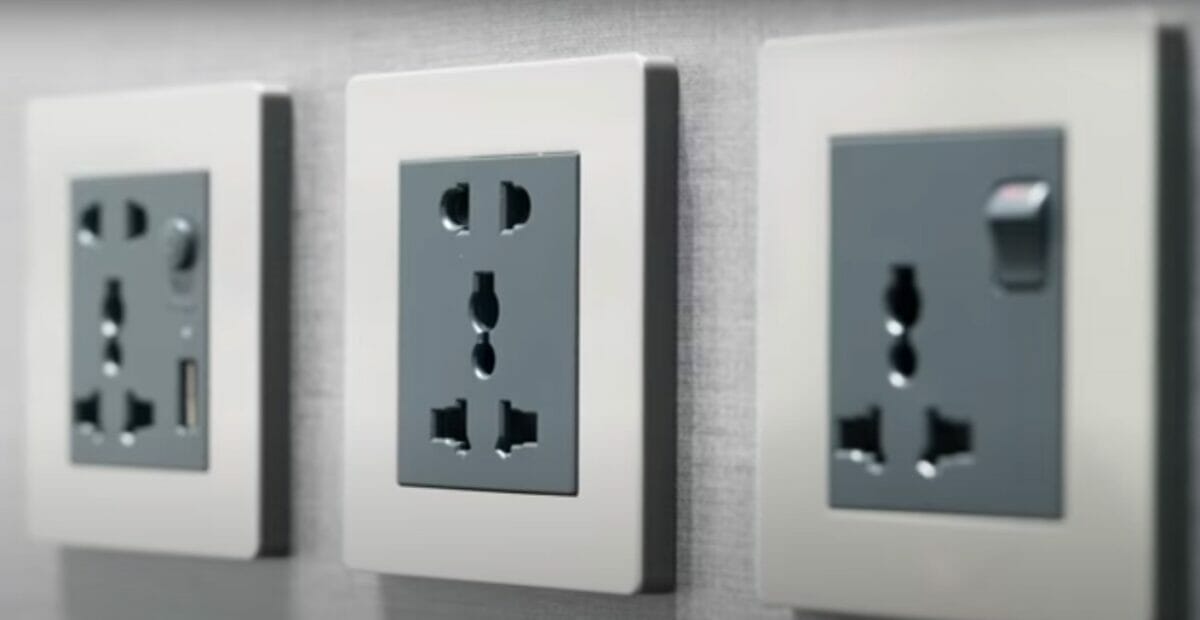
Hey there, fellow travelers and curious minds! Have you ever wondered if Canada and the US have the same electrical outlets? Maybe you’re planning a trip up north or moving to Canada, and you’re unsure if your beloved hair dryer or phone charger will work. Well, fear not! We’ve got all the answers for you in this article.
Understanding the electrical systems of different countries can be confusing, especially regarding outlets. But don’t worry; we’ll break it down for you in simple terms. We’ll cover the differences between Canadian and American electrical systems, the types of outlets used in each country, and whether or not your appliances will work across the border.
So, Canada mainly uses two types of outlets – type A and type B, which are pretty much the same as those found in the US. The voltage is 120V, and the frequency is 60Hz. Now, if you’re coming from the US, your power plug should fit right into a Canadian outlet without any issues. However, if you’re bringing devices from other countries, you may need a 3 to 2-prong adapter to ensure they can be plugged in properly.
Let’s get started!
Types of Electrical Outlets Used in Canada
Canada uses two main types of electrical outlets, types A and B. These outlets are similar to the ones used in the United States, with a voltage of 120V and a frequency of 60Hz. Type A sockets are mainly used in North and Central America, China, and Japan, while type B sockets have an extra grounding connector that fits into a round slot.
It is important to note that power plugs from the United States fit in Canada without an adapter. However, if type B sockets are unavailable or you’re traveling from another country that uses a different plug type, a 3 to 2-prong adapter may be necessary for your devices.
Most common outlets in Canada are rated at 15A, 125V, two-wired outlets, which have been widely adopted due to safety concerns regarding grounded plugs.
If you’re going to Canada for business or pleasure, consider carrying adapters for charging your electronic devices since there’s no guarantee on what exact outlet format will be provided wherever you stay.
| Type A | (Typically used by Canada and US) | 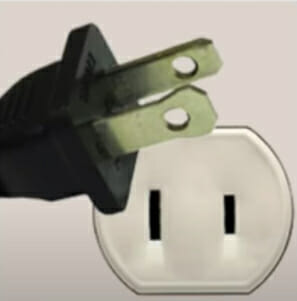 |
| Type B | (Typically used by Canada and US) | 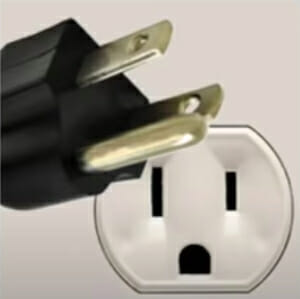 |
Breaking Down USA Outlets
The standard electrical outlet in America has a neutral (long) slot, a hot (shorter) slot, and a U-shape grounding hole. You will typically find two or three-prong outlets with a rating of 15A-120v, 20A-125V, or 20A-250V.
It is important to note that combination outlets provide multiple features in one device, such as an outlet with a light or a switch. Additionally, GFCI Outlets (Ground Fault Circuit Interrupters) can be installed in wet areas such as bathrooms and kitchens to prevent electric shock.
If your devices require more power, it is recommended to use 20A outlets combined with 20A circuits for increased output. Furthermore, it is worth noting that American voltage operates at 120V, and the electrical frequency is 60Hz.
Canadian travelers should have no trouble using their electronic devices when visiting the United States if they check their specifications first and bring appropriate adapters if necessary. Keeping these types of outlets in mind can help ensure that your trip goes smoothly without any unwelcome surprises related to electricity while exploring all that America has to offer!
Can American Appliances Work in Canada?
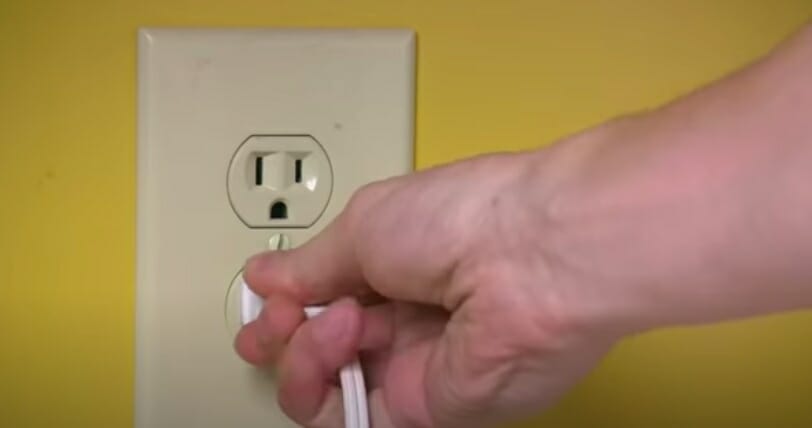
The standard voltage in both countries is 120V. This means most American appliances should work just fine in Canada. However, it’s important to note that Canadian electrical sockets are Type B, so your European plugs will not fit into them. You’ll need a plug adapter or converter to use European electronics.
Manufacturers take small deviations (plus or minus 5%) into account when designing their products for North America. Appliances from countries with a standard voltage range of 110-127V can also be used in Canada without additional adjustments.
It’s worth mentioning that while the frequency (or cycles per second) of electricity in Canada is also 60Hz, like in the US, a 60Hz motor may run poorly on 50Hz. Additionally, suppose your appliance has a plug with an amp rating of 20A. In that case, it will not fit into a typical Canadian household outlet with a rating of only up to 15 amps.
If you’re unsure whether your appliance will work in Canada or have concerns about compatibility issues, consider using a transformer to convert voltage and ensure safe operation.
Can Canadian Appliances Work in The United States?
The standard voltage in both countries is 120V, whereas appliances from countries with a voltage between 110-127V are usually compatible.
However, it’s recommended that you check the label of your appliance before use to ensure compatibility. It’s also worth noting that the physical compatibility of receptacles does not ensure similarity in voltage or frequency, so always double-check before plugging anything in.
One important thing to remember: Electric sockets in Canada are Type B, just like those in the United States. However, a plug adapter or converter will be needed to use electric appliances when moving between countries. Additionally, it’s essential to note that 20-amp plugs do not fit into 15-amp outlets.
Adapting Your Electrical Devices for Use in Canada or The US
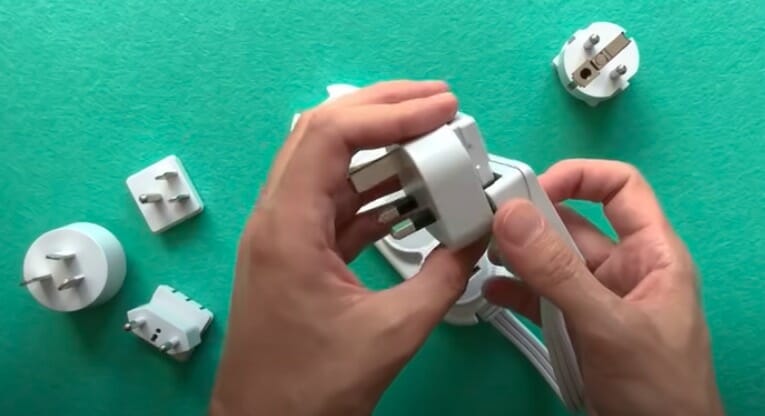
In Canada, plug types A and B are used, with most regular outlets rated for 15A. All electrical products sold in Canada must have safety certification and meet Canadian national safety standards. Additionally, appliances from Japan (which use 100V) may require a voltage adapter.
It’s important to check the compatibility of your device with a type M plug adapter before use, as some devices may not function properly on a 50Hz current. Type D plugs and receptacles (previously used in the UK) may still be used in some former British colonies.
While there may be slight differences between Canadian and US outlets, adapting your electrical devices for use in either country should not pose significant obstacles as long as you ensure compliance with relevant safety standards and check compatibility where necessary.
Outlet Tips for Travelers: What to Know Before You Go

Worldwide voltage ranges can vary between 110-127V or 220-240V. If traveling with electronic devices with circuits or chips, it’s important to use a transformer converter. Some airplanes and buses may have outlets for passengers to recharge their devices, but it’s always best to bring your adapter, just in case.
When packing for your trip, consider the voltage requirements of your electrical appliances, such as hair dryers and curling irons. If they require specific voltages higher than what is provided by Canadian or US electrical outlets, you’ll need an additional transformer converter for them to function correctly.
The Importance of Knowing Your Electrical Needs and Requirements
Before purchasing any electrical products, it’s crucial to check for certification marks like CSA, cUL, or cETL to ensure they meet Canadian safety standards.
If you plan on using an electric car in Canada, consider getting a level 2 charger for faster charging times. It’s also worth noting that there are fifteen types of domestic electrical outlet plugs worldwide with assigned letters from A-Z.
Knowing your electrical needs and requirements is crucial when traveling or moving abroad, so research before plugging anything into a Canadian socket.
Video References
Techquickie
KhAnubis
Hungry Passport
